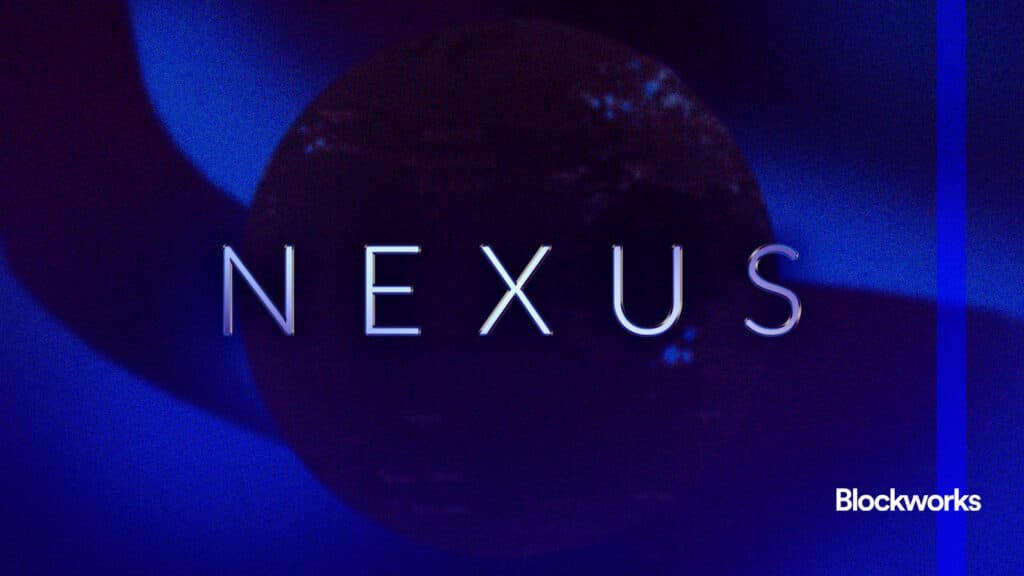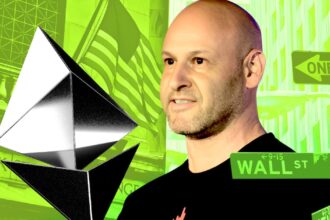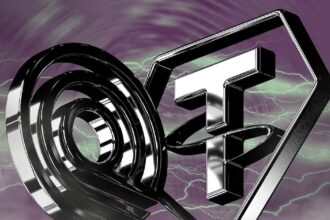transcript
the world ‘s most powerful computer will be built by community
nexus aims to deliver a "world supercomputer" with immediate usability
Decentralized compute initiative Nexus officially described its ambition yesterday as "the world ‘s largest distributed computer system" .
According to CEO Daniel Marin, the landmark L1 blockchain intends to aggregate computing power to build a "new architecture blockchain".
Users can join in one click from any device, contributing processing power to build "a verifiable world".
Nexus layers familiar design patterns from leading chains into its single, integrated layer-1.
Like Mina Protocol, which condenses all blockchain states into a single proof, Nexus has adopted this as its core construct. However, rather than recursive SNARKs , Nexus uses a RISC-V-based zero-knowledge Virtual Machine (zkVM), which is capable of handling vastly more complex workloads including AI inference.
That choice echoes RISC Zero, but Nexus embeds the VM directly as part of its chain infrastructure rather than positioning it as a simple service layer. Similar integration may eventually become a feature of Ethereum itself.
Nexus will aim to achieve data availability through sampling, mirroring Celestia ‘s modular DA model. Its consensus algorithm is evolving toward HotStuff-2 following CometBFT. These protocols often provide rapid finality (Nexus aims to coordinate globally distributed proving tasks).
Nexus builds a "decentralized compute cloud" directly into its chain. Every connected device becomes a participant of a single verifiable computer based on an Incrementally Verifiable Computation (IVC) machine. The execution generates succinct proofs for every step, aggregates them, and displays asset information.
This architecture represents the theoretical basis for horizontal scalability.
Leading cryptographer figures including Jens Groth and Michel Abdalla bolster Nexus ‘s profile.
Last week, Nexus activated its third testnet phase. While an early indication of its progress, mainnet launch is targeted for the third quarter.
The technology is generating a lot of buzz. Nexus claims nearly 2.1 million unique users via various testnets, though daily active accounts were around 4,000.
Marin is explicit: Nexus exists to overcome current blockchain limitations.
"coding on a blockchain or zkVM should feel indistinguishable from coding on your own computer." (Marin)
The protocol prioritizes speed over decentralization.
"We want to be decentralized in the long term — but not right now at all." (Marin)
In the immediate term, Nexus aims for quarterly releases as it strives to build the "infrastructure for the AI era".
"We want users to feel they’re building the future." (Marin)












